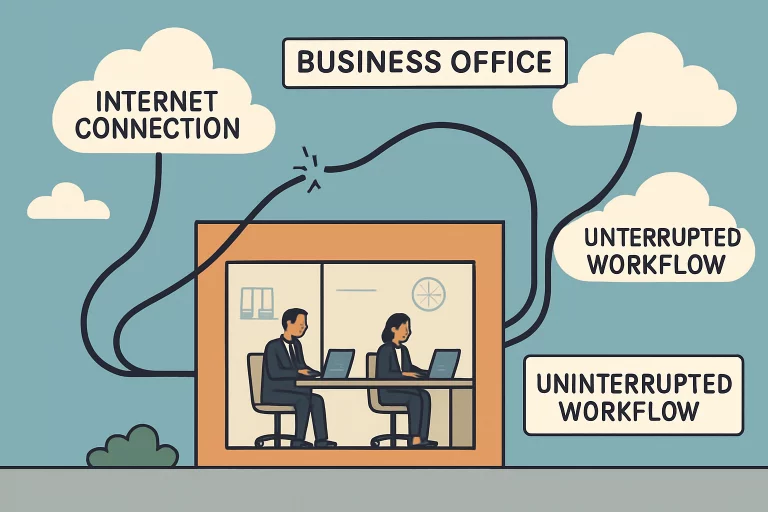Business continuity involves anticipating disruptions and building resilience in network infrastructure. Strategic planning and technical safeguards can reduce downtime events, secure revenue, data, and customer trust, and maintain a competitive edge. This resource provides actionable strategies and expert recommendations.
Businesses rely on seamless network access for customer service, productivity, and data protection. Even short disruptions can lead to lost sales, workflow bottlenecks, and reputation damage. Proactive strategies are crucial to withstand unexpected network failures and maintain essential services. For a thorough look at how specialized failover and continuity solutions can safeguard your organization during network outages, visit https://ctsmobility.com/business-continuity-network-failover/.
Understanding Network Failures
Network outages can occur due to hardware failures, cyberattacks, natural disasters, or human errors. The immediate and severe impact affects online payment systems and internal applications. Gartner reports IT downtime costs reach $5,600 per minute, with larger enterprises losing hundreds of thousands of dollars. Recovery from major outages can take longer than hardware restoration.
Implementing Failover Solutions
Failover mechanisms are crucial for business continuity, transferring critical workflows, data, or connectivity to backup systems when infrastructure issues are detected. Key elements include redundant servers, backup internet connections, and automatic failover appliances. Industry leaders have achieved 99.99% uptime or higher through sophisticated failover architectures. Cloud-based continuity tools and managed failover services have democratized access, ensuring world-class resiliency for organizations of any size or sector.
The Importance of Network Diversity
Network diversity involves using multiple independent internet connections to protect an organization from risks. This ensures that a single provider or cable line doesn’t disrupt the entire operation. Network diversity offers higher uptime, improved performance, and greater resilience against wide-area outages. It is now considered a business-critical standard in industries with frequent outages due to climate, infrastructure, or regional instability.
Developing a Disaster Recovery Plan
A comprehensive disaster recovery plan is crucial for handling major outages, recovering lost data, and restoring operations. It involves a risk assessment, data backup, communication plan, and testing. Key steps include identifying threats, setting up automated backups, defining roles and escalation paths, and conducting regular simulations. Integrating multiple connectivity methods like LTE and 5G with traditional broadband increases resilience and demonstrates regulatory compliance. Regular updates and testing of DR plans ensure smooth and efficient recovery.
Best Practices for Maintaining Business Continuity
Regular risk assessments, redundant systems, updated disaster recovery plans, regular tests for failover and recovery, and ongoing staff training are essential strategies for ensuring resilience in network failures. These practices secure customer service, trust, and future-proof your business against complex threats, providing a smooth transition to a secure network.
READ ALSO: Balancing Growth and Risk in Modern Business Transactions











